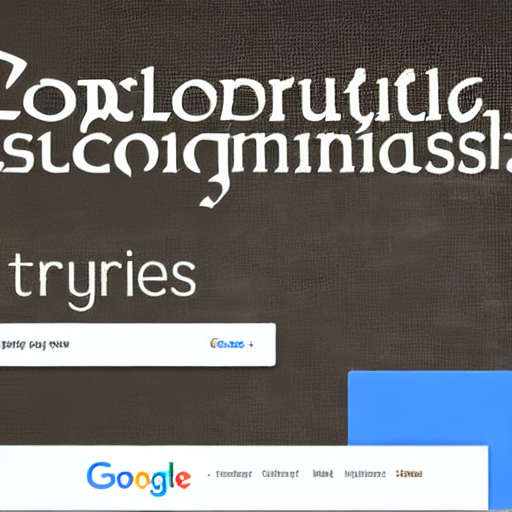

Google Ads remains a powerhouse for businesses of all sizes. However, simply setting up a campaign and throwing money at keywords isn’t enough. To truly maximize your return on investment (ROI), you need to actively expand your reach and target the *right* audience. This post, compiled from insights shared by leading Google Ads agencies, delves into advanced audience expansion strategies. We’ll cover everything from leveraging remarketing to building sophisticated lookalike audiences, providing you with actionable tactics to transform your campaigns from ordinary to extraordinary.
Many advertisers start with a narrow, tightly defined target audience, often based on their existing customer base or immediate needs. This approach can be effective initially, but it quickly hits a ceiling. As your initial customer base grows, you’ll need to broaden your horizons. This is where audience expansion comes in. The goal isn’t just to show your ads to *everyone* – it’s about finding new people who are most likely to be interested in your products or services. Think of it as moving from ‘targeting those who know us’ to ‘attracting new customers who are primed for our offerings’.
Remarketing is arguably the most fundamental audience expansion strategy. It involves showing ads to people who have already interacted with your website, app, or YouTube channel. This demonstrates that they’ve shown an initial level of interest, making them a high-value target. There are several types of remarketing lists you can leverage:
Real-life example: A sporting goods retailer could use post-purchase remarketing to target customers who bought running shoes with ads for running socks, athletic apparel, or fitness trackers. This directly addresses their potential continued interest and encourages further spending.
Customer Match allows you to upload your customer email lists, phone numbers, or mailing addresses to Google. Google then matches these contacts with its vast database of users. This enables you to target these specific individuals with tailored ads. It’s crucial to note that Google has strict policies regarding data privacy, so ensure you’re compliant with GDPR and other relevant regulations.
Real-life example: A financial services company could use customer match to target existing clients with offers for new investment products or services, reinforcing its relationship and capitalizing on their established trust.
Beyond remarketing, Google Ads offers robust demographic and interest targeting options. Demographic targeting allows you to reach people based on their age, gender, income, and household composition. Interest targeting lets you reach people based on their passions, hobbies, and online activities.
Real-life example: A travel agency could target young adults (18-34) interested in adventure travel with ads for exotic destinations and adrenaline-pumping activities.
Lookalike audiences are arguably one of the most powerful audience expansion strategies. Google’s algorithm analyzes your existing customer base (or a ‘seed audience’ like website visitors) and identifies users who share similar characteristics and behaviors. This is a data-driven approach that can dramatically expand your reach beyond your initial target.
Real-life example: An e-commerce business selling sustainable clothing could use a lookalike audience based on its existing customer base (those who have purchased eco-friendly products) to target individuals interested in ethical fashion and sustainable living.
RLSA allows you to tailor your Search Ads campaigns based on a user’s remarketing list status. This means you can show different ads to people who have previously interacted with your website compared to those who haven’t. For example, you can bid higher for keywords when a user is on your remarketing list.
Real-life example: A SaaS company could bid higher for keywords like “CRM software” when a user is on its remarketing list (showing they’ve visited its website) than when they are a new visitor.
It’s crucial to continuously measure and optimize your audience expansion strategies. Track key metrics such as conversion rates, cost per conversion, and return on ad spend. Regularly A/B test different targeting options and bidding strategies to identify what works best for your business.
Key Metrics to Track: Conversion rates, cost per conversion, return on ad spend, reach, frequency, and audience overlap.
By implementing these audience expansion strategies and continuously monitoring and optimizing your campaigns, you can significantly increase your reach, improve your targeting, and drive more conversions.
**Disclaimer:** *This information is for general guidance only. Specific strategies and recommendations may vary depending on your business, industry, and target audience.*
Tags: Google Ads, Audience Expansion, Remarketing, Customer Match, Demographic Targeting, Interest Targeting, Lookalike Audiences, Remarketing Lists for Search Ads (RLSA), Conversion Tracking, Agency Expertise
[…] important to acknowledge that utilizing the Google Ads API requires a certain level of technical expertise. Agencies need developers who can write and […]